TSR-2MS from stratos 4!
BAC TSR-2MS:
Eight very-high altitude interceptor used by Shimoji Island's main interceptor aircraft. They were based on the cancelled BAC TSR2.

Real TSR-2 :
The British Aircraft Corporation TSR-2 is a cancelled Cold War strike and reconnaissance aircraft developed by the British Aircraft Corporation (BAC), for the Royal Air Force (RAF) in the late 1950s and early 1960s. The TSR-2 was designed around both conventional and nuclear weapons delivery: it was to penetrate well-defended frontline areas at low altitudes and very high speeds, and then attack high-value targets in rear areas. Another intended combat role was to provide high-altitude, high-speed stand-off, side-looking radar and photographic imagery and signals intelligence, aerial reconnaissance. Only one airframe flew and test flights and weight-rise during design indicated that the aircraft would be unable[1] to meet its original stringent[2] design specifications.[3][4][5][N 1] The design specifications were reduced as the result of flight testing
The TSR-2 was the victim of ever-rising costs[7] and inter-service squabbling[8] over Britain's future defence needs, which together led to the controversial decision in 1965 to scrap the programme. It was decided to order an adapted version of the General Dynamics F-111 instead, but that decision was later rescinded as costs and development times increased.[9] The replacements included the Blackburn Buccaneer and McDonnell Douglas F-4 Phantom II, both of which had previously been considered and rejected early in the TSR-2 procurement process. Eventually, the smaller swing-wing Panavia Tornado was developed and adopted by a European consortium to fulfil broadly similar requirements to the TSR-2.

Despite the increasing costs, the first two aircraft of the development batch were completed. Engine development[N 5] and undercarriage problems led to delays for the first flight which meant that the TSR-2 missed the opportunity to be displayed to the public at 1964's Farnborough Airshow.[81] In the days leading up to testing, Denis Healey — the Opposition shadow secretary for defence — had criticised the aircraft, saying that by the time it was introduced it would face "new anti-aircraft" missiles that would shoot it down, making it prohibitively expensive at £16 million per aircraft (on the basis of only 30 ordered).[82]
Test pilot Roland Beamont finally made the first flight from the Aeroplane and Armament Experimental Establishment (A&AEE) at Boscombe Down, Wiltshire, on 27 September 1964.[83][84] Initial flight tests were all performed with the undercarriage down and engine power strictly controlled—with limits of 250 kn (290 mph; 460 km/h) and 10,000 ft (3,000 m) on the first (15-minute) flight.[85] Shortly after takeoff on XR219's second flight, vibration from a fuel pump at the resonant frequency of the human eyeball caused the pilot to throttle back one engine to avoid momentary loss of vision.[86][87]
Only on the 10th test flight was the landing gear successfully retracted—problems preventing this on previous occasions, but serious vibration problems on landing persisted throughout the flight testing programme. The first supersonic test flight (Flight 14) was achieved on the transfer from A&AEE, Boscombe Down, to BAC Warton.[88] During the flight, the aircraft achieved Mach 1 on dry power only (supercruise). Following this, Beamont lit a single reheat unit as the other engine's reheat fuel pump was unserviceable, with the result that the aircraft accelerated away from the chase English Electric Lightning (a high speed interceptor) flown by Wing Commander James "Jimmy" Dell, who had to catch up using reheat on both engines.[89] On flying the TSR-2 himself, Dell described the prototype as handling "like a big Lightning".[90]
Over a period of six months, a total of 24 test flights were conducted.[91] Most of the complex electronics were not fitted to the first aircraft, so these flights were all concerned with the basic flying qualities of the aircraft which, according to the test pilots involved, were outstanding.[90] Speeds of Mach 1.12 and sustained low-level flights down to 200 ft were achieved above the Pennines.[88] Undercarriage vibration problems continued, however, and only in the final few flights, when XR219 was fitted with additional tie-struts on the already complex landing gear, was there a significant reduction in them.[4][92] The last test flight took place on 31 March 1965.[88]
Although the test flying programme was not completed and the TSR-2 was undergoing typical design and systems modifications reflective of its sophisticated configuration, "[T]here was no doubt that the airframe would be capable of accomplishing the tasks set for it and that it represented a major advance on any other type."[4]
Costs continued to rise, which led to concerns at both company and government upper management levels, and the aircraft was also falling short of many of the requirements laid out in OR.343, such as takeoff distance and combat radius. As a cost-saving measure, a reduced specification was agreed upon, notably reductions in combat radius to 650 nmi (750 mi; 1,200 km), the top speed to Mach 1.75 and takeoff run up increased from 1,800 to 3,000 feet (550 to 915 m)

My 1st TSR-2MS next to my new TSR-2MS
It's perfect for ice base assault!
Specifications
Spotlights
- Trainzo 3 months ago
General Characteristics
- Created On Android
- Wingspan 25.0ft (7.6m)
- Length 58.3ft (17.8m)
- Height 16.9ft (5.1m)
- Empty Weight 11,931lbs (5,411kg)
- Loaded Weight 27,548lbs (12,495kg)
Performance
- Power/Weight Ratio 1.631
- Wing Loading 62.5lbs/ft2 (305.2kg/m2)
- Wing Area 440.6ft2 (40.9m2)
- Drag Points 4428
Parts
- Number of Parts 124
- Control Surfaces 3
- Performance Cost 640

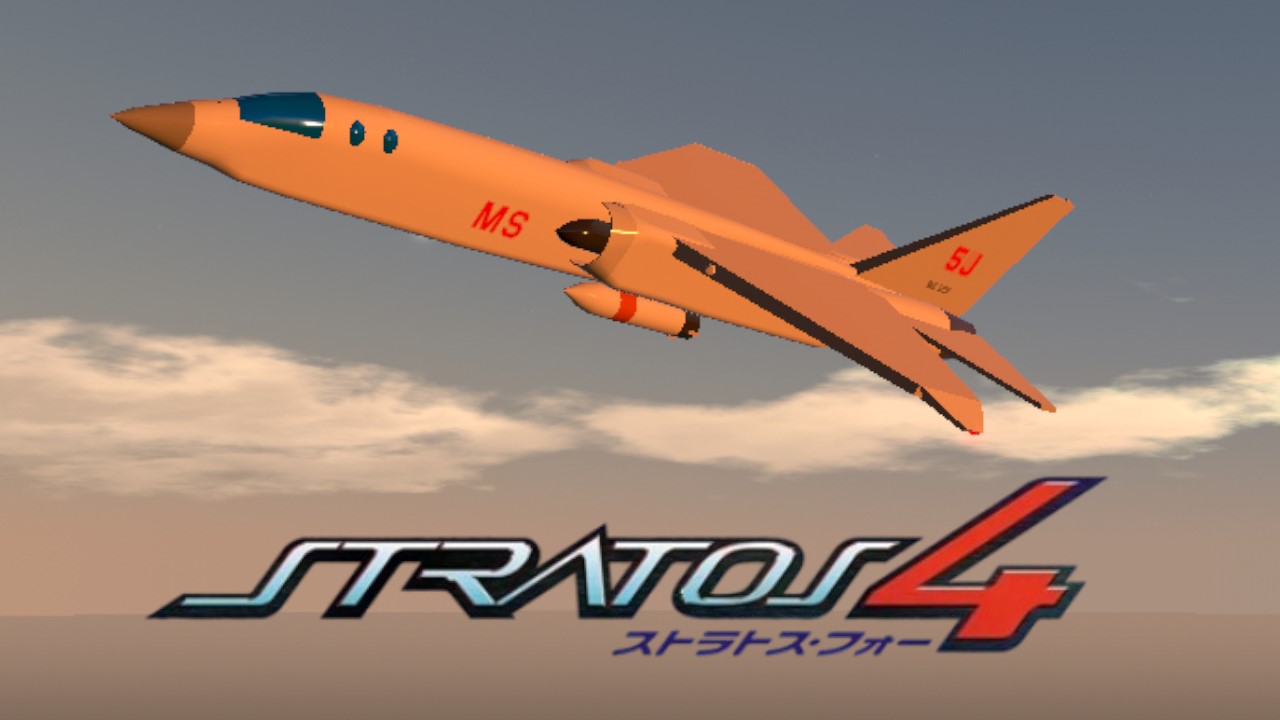
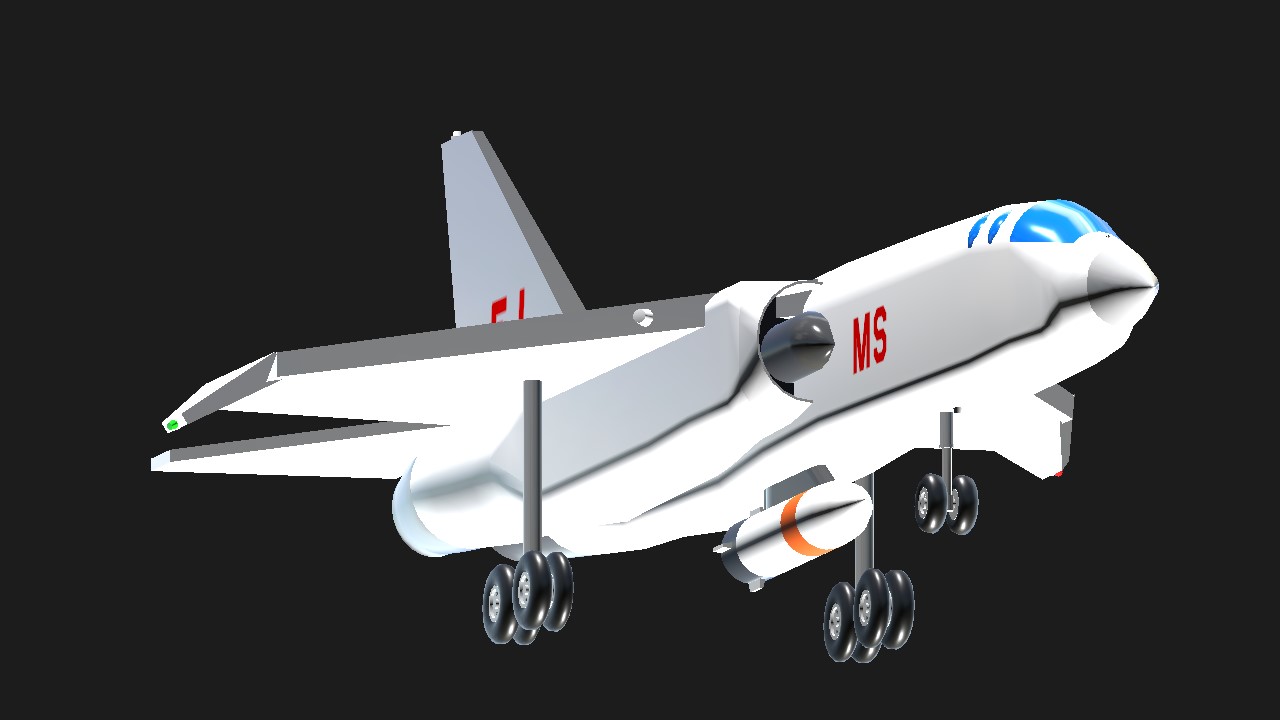
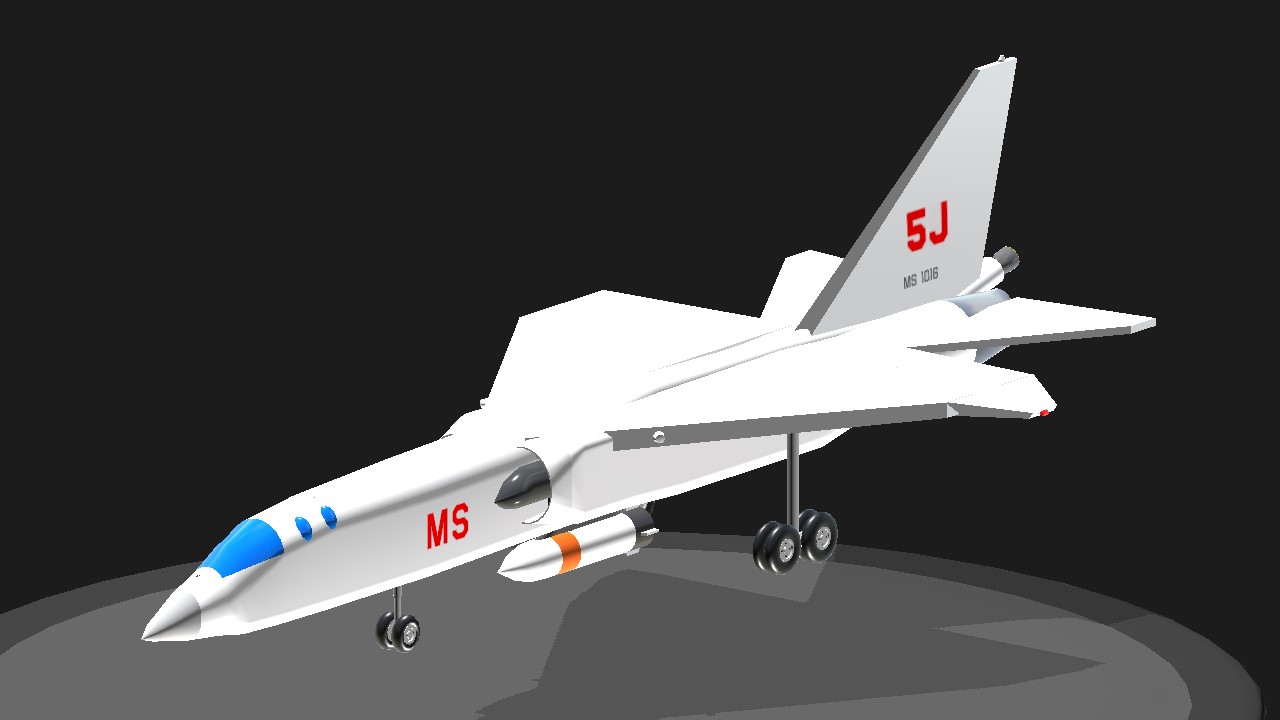
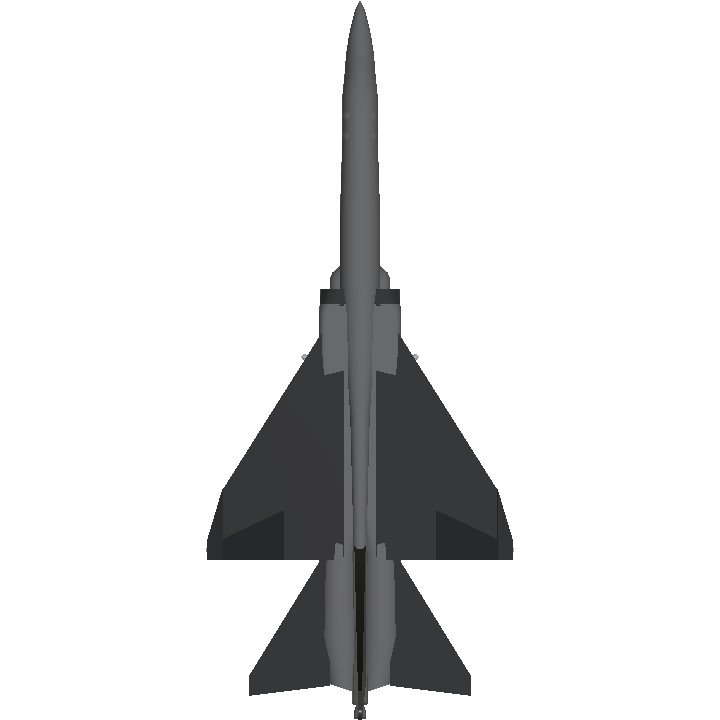
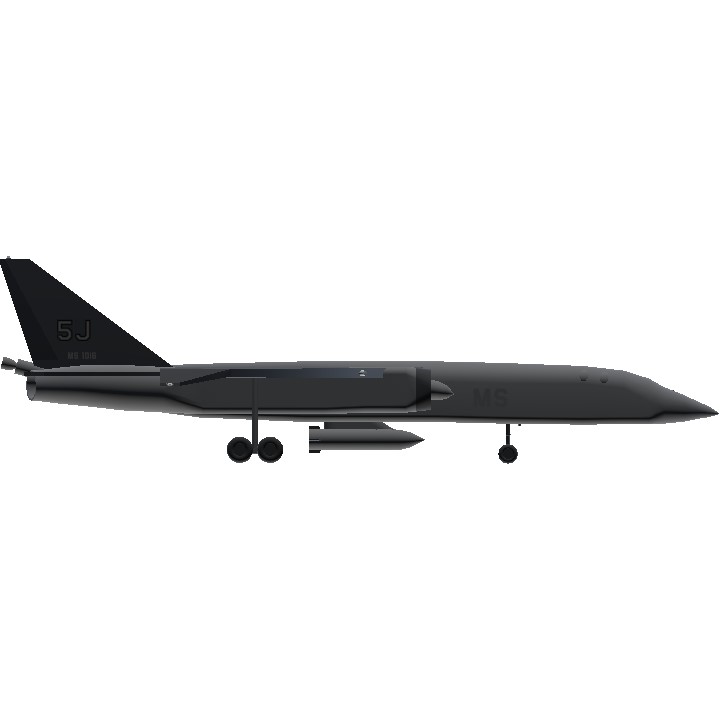

@Trainzo thanks :)
Great plane .